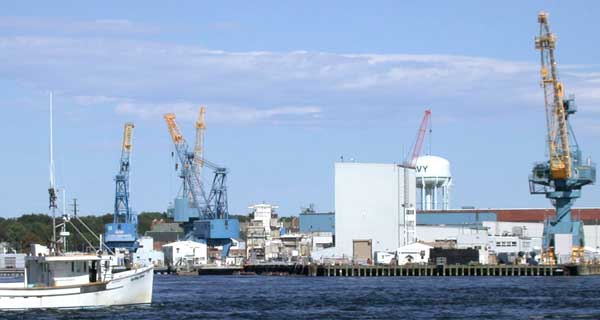GrauGeist
Generalfeldmarschall zur Luftschiff Abteilung
The Luftwaffe did have bombers that could have mounted a raid *if* the Germans had set up clandestine fields in a chain across the North Atlantic or used their BV222 flying boats with refueling spots along the way.
But the logistics would have been extensive and most likely discovered via enigma.
The notion of a transatlantic "America bomber" with it's prototypes was about as much effort they ever put into such an endeavor, so the "land hopping" idea wasn't going to happen (although more realistic, to be honest).
But the logistics would have been extensive and most likely discovered via enigma.
The notion of a transatlantic "America bomber" with it's prototypes was about as much effort they ever put into such an endeavor, so the "land hopping" idea wasn't going to happen (although more realistic, to be honest).


